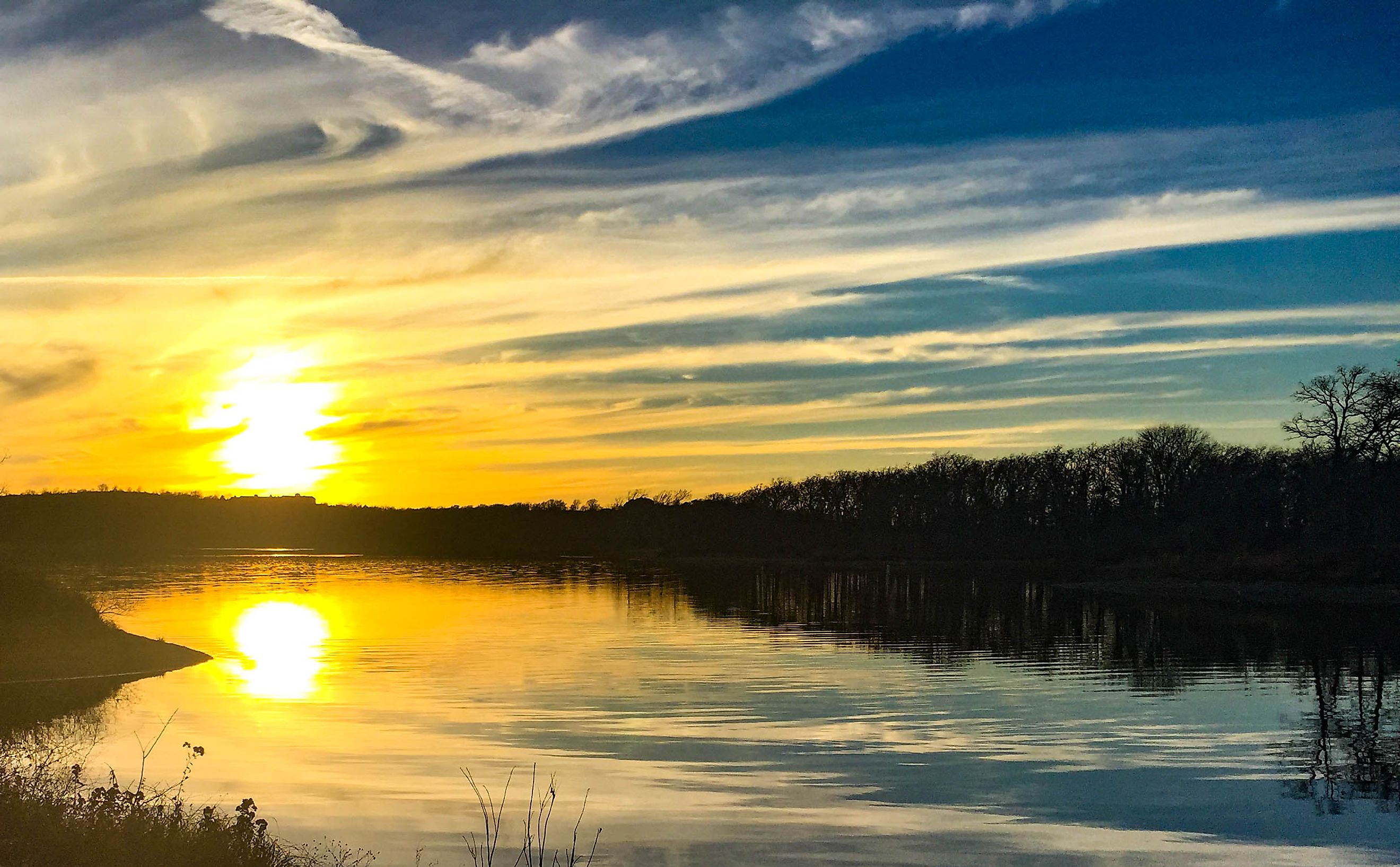
8 Quintessential Oklahoma Towns
Ever dream of being in a place where history, nature, and culture come together to create unique experiences? Oklahoma, part of the Great Plains in both geographical and spiritual realms, is a state of extreme natural diversity — from vast prairies and rolling hills to lush forests and sparkling lakes. Its landscapes are as varied as its small towns, each reflecting the rich heritage and unique charm of the state as a whole. From cobblestone streets to lakefronts, these towns with populations below 50,000 people offer a perfect mix of historic landmarks, natural beauty, and community spirit. Whether it's Victorian architecture, hikes through nature reserves, or immersion in a festival, this is Oklahoma. So pack up, hit the road, and get ready to discover magic in these eight quintessential Oklahoma towns that help define small-city living in the Sooner State.
Medicine Park
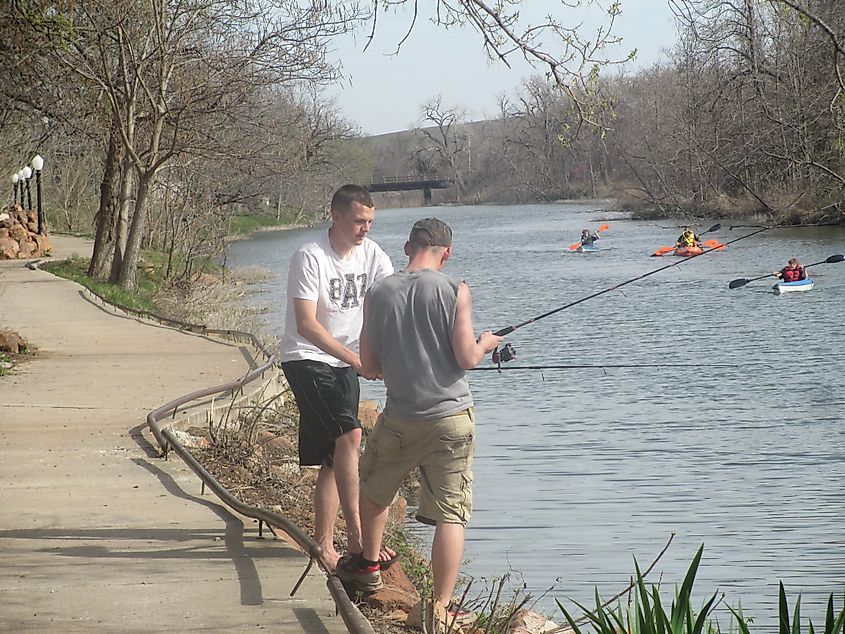
Founded in 1908 as a health and leisure retreat, Medicine Park, the vision of Sen. Elmer Thomas, capitalized on the mineral-rich waters of the area and its peculiar cobblestone architecture to be a retreat for politicians like President Roosevelt, outlaws like Al Capone and Bonnie and Clyde, and other celebrities, such as Will Rogers. In the mid-20th century, Medicine Park began to decline but has recently been restored to its former glory. Historical points of interest include the Medicine Park Hotel, one of the town's earliest signature buildings, and Ketch Ranch House, a 1920s cobblestone house. Just outside town, the Holy City of the Wichitas replicates biblical-era structures and hosts the longest-running annual Easter passion play in the U.S. The Bath Lake Pavilion is a restored 1930s structure that gives visitors a feel for the town's resort-era history. For nature lovers, the Wichita Mountains Wildlife Refuge covers 59,020 acres and is home to free-ranging bison, elk, and deer. The experience is completed at dinnertime with the historic Old Plantation Restaurant, previously the gathering spot of early visitors.
Guthrie
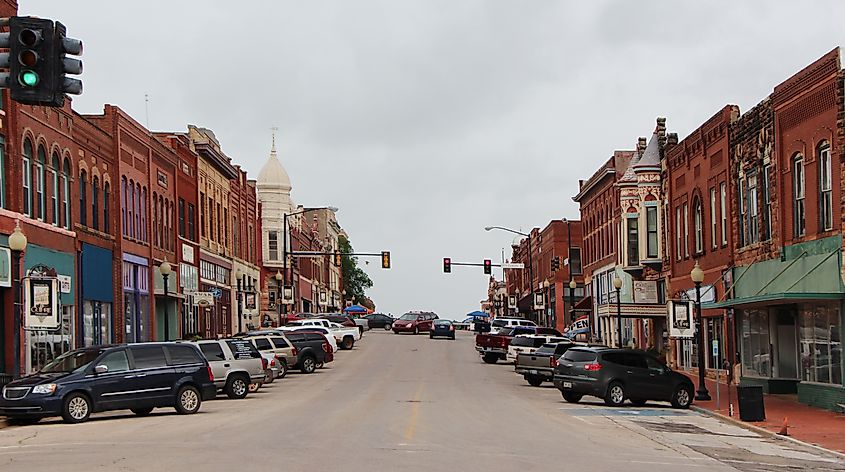
This town is a living museum of Victorian architecture, complete with over 2,000 historic buildings that transport visitors to the latter half of the 19th century. The Guthrie Historic District, a National Historic Landmark, speaks to this. The Oklahoma Territorial Museum provides insight into the early days of the state, from the Land Run of 1889 to statehood. Next door, the old Carnegie Library is another addition to the town's cultural fabric. For local flavor, try Gage's Steakhouse, located in the old Santa Fe Train Depot and serving generous portions in historic style. To shop, several gift boutiques and antique merchants are lined up downtown but represented at The Shoppes. Now each December, Guthrie looks like a winter funland by way of that Territorial Christmas Celebration. Replete with Victorian-aged trimmings, parading, and candle-lit tours around town that recall the good old days.
Broken Bow
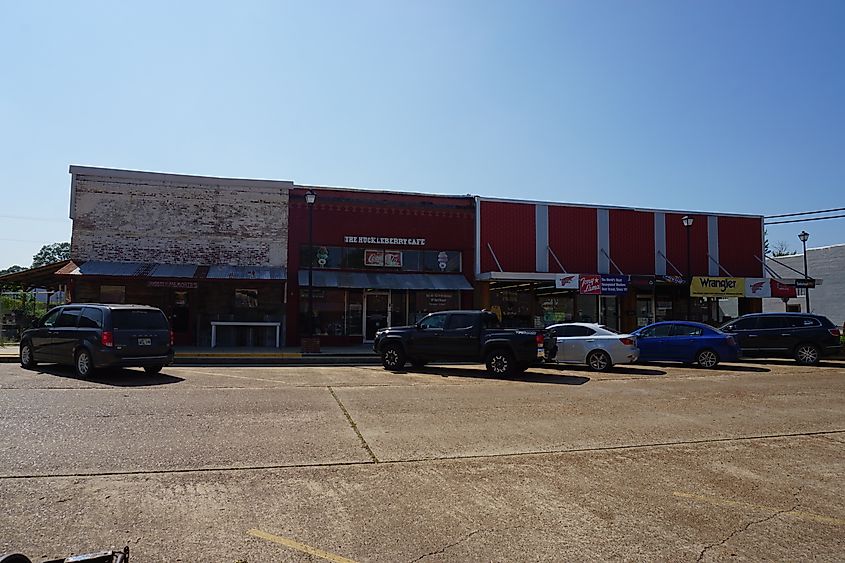
Broken Bow is more than just a destination; it's a retreat into Oklahoma's wild and untamed wilderness. Tourists and locals enjoy clear streams well-suited for fly fishing and hiking trails at Beavers Bend State Park. The Forest Heritage Center Museum is home to the "Wood Art Capital of Oklahoma". It includes dioramas with interactive scenes and many antique loggers' tools to document a rich logging history. Close by, Broken Bow Lake offers endless water activities, from paddleboarding to boat rides under the open sky. After a day outdoors, wineries in the city offer great opportunities for rest, with places like the Fish Tales Winery and Girls Gone Wine providing tastes of the local flavors in relaxed settings. And then, of course, there are Broken Bow restaurants. From Abendigo's Grill & Patio with Southern-inspired cuisine to Mountain Fork Brewery serving up beers brewed with local water, it is the perfect place to relax.
Pawhuska
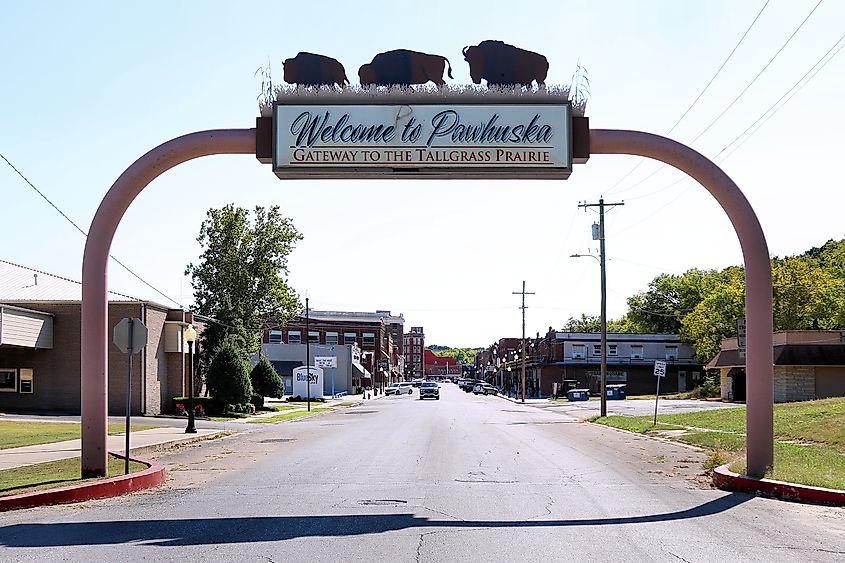
Established in 1872 and named for Chief Paw-Hiu-Skah ("White Hair"); it's the tribal capital of the Osage Nation. In the early 1900s, oil discovered on Osage land brought immense wealth. Unfortunately, it also likely led to the tragic Osage Reign of Terror, during which members were murdered for their fortunes — a legacy detailed in David Grann's book, "Killers of the Flower Moon." Today, Pawhuska reveals its wealthy heritage with historical sites and cultural venues. Its downtown has about 100 structures on the National Register of Historic Places as early 20th-century buildings. The Immaculate Conception Catholic Church, built in 1910, is famous for its amazing stained-glass windows depicting Native American themes. Other places of interest include the Osage County Historical Society Museum, which has pioneer life, early oil industry, and Native American exhibitions. Foodies will love to visit The Pioneer Woman Mercantile, owned by Food Network star Ree Drummond, with a restaurant, bakery, and retail store inside. Pawhuska also welcomes visitors to the Tallgrass Prairie Preserve, a 39,000-acre expanse home to free-roaming bison and rare native grasses.
Claremore
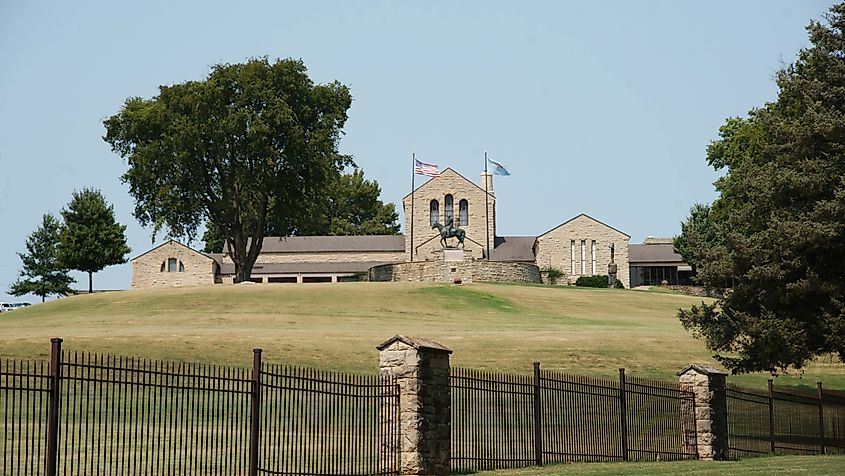
Claremore showcases rich heritage and unique attractions. The Will Rogers Memorial Museum houses interactive exhibitions on his life and career, even personal artifacts showing who he was as a humorist. It is also worth visiting the Belvidere Mansion, a well-restored Victorian-era house with period furnishings and a quaint tearoom that hints back at late 19th-century life. The J.M. Davis Arms & Historical Museum displays an impressive collection of firearms and artifacts that attract all military history enthusiasts. Claremore Lake Park has some quiet corners to relax, offering fishing, walking trails, and picnicking by the water. Food options include The Pink House, featuring quiche specials and baked fudge, and Hammett House Restaurant, serving classic American cuisine. Downtown Claremore is full of antique shops and boutiques, including the Ne-Mar Shopping Center, full of national and local merchants.
Eufaula
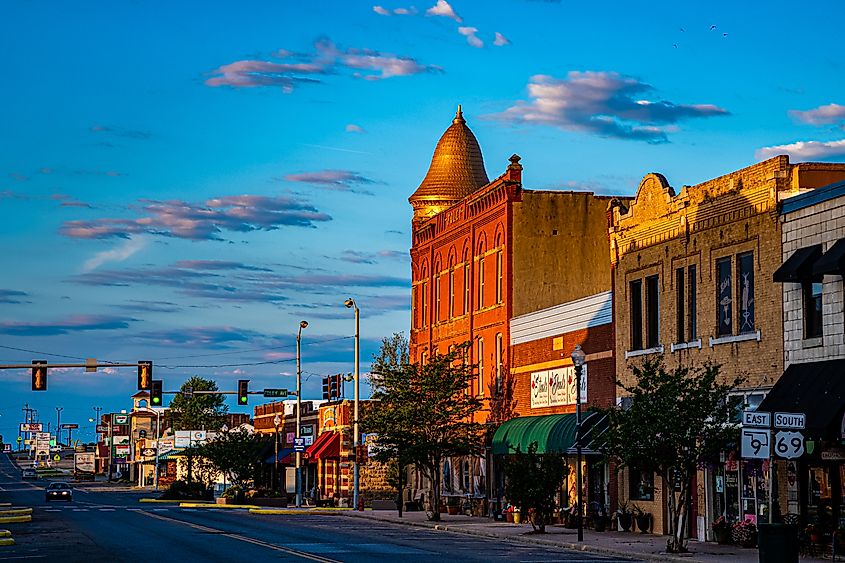
Here is that perfect blend of history, community events, and outdoor activities: Eufaula. The Eufaula Area Museum is in the historic Eufaula Depot and features railroad heritage exhibits with local artifacts. Downtown Eufaula has a 20-block area on the National Register of Historic Places carrying one-of-a-kind treasures. The town hosts the annual Whole Hawg Days & Poker Run, an event that rounds up community favorites like a parade, car show, barbecue cook-off, and rodeo. The Eufaula Farmers Market showcases locally made goods and fresh produce as a taste of the local flavor. Nature lovers can head to Lake Eufaula State Park, where hiking trails abound, like the Bluebird Trail which meanders through different foliage and offers numerous opportunities to see wildlife. The Arrowhead Area at Lake Eufaula State Park offers equestrian trails and a marina to satisfy all outdoor interests. For dining, fresh seafood is available with a waterfront view at Captain John's Seafood & Cajun Grill. These include excellent shopping options such as Our Favorite Place, a "Made in Oklahoma" store filled with local art and products.
Sulphur
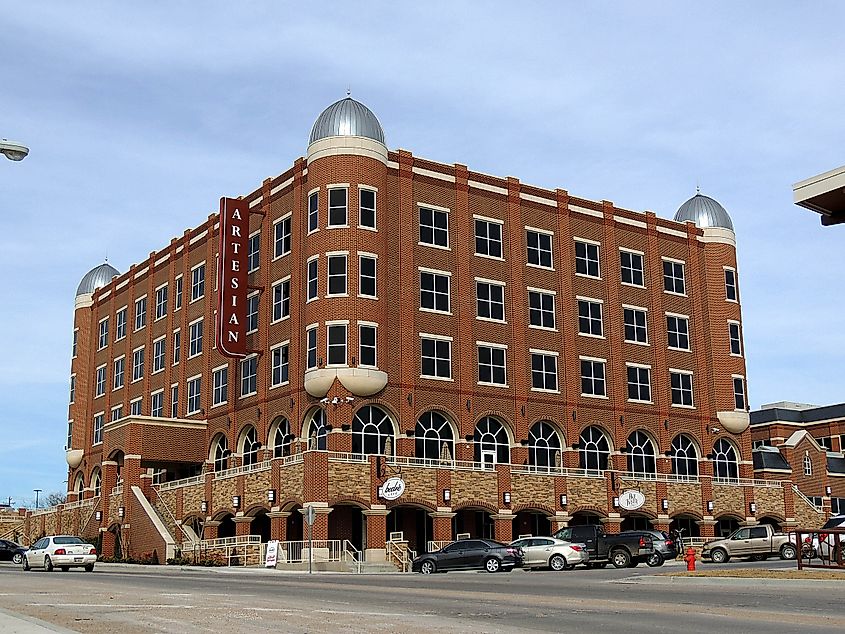
Sulphur stands out with its small-town character, shaped by timeless landmarks and local appeal. The Arbuckle Historical Society Museum is located in an old City Hall that was started in 1917 and gives insight into earlier days and the beginning of the Oklahoma School for the Deaf of 1908. The Chickasaw Cultural Center is the place to be if you want a detailed overview of Native Chickasaws. Opened in 2010, the state-of-the-art facility utilizes modern technology with interactive exhibits to recount the past of the Chickasaw people. Sulphur's downtown historic district includes the Sulphur Commercial Historic District listed on the National Register of Historic Places. The district includes examples of early 20th-century architecture, such as the Murray County Courthouse, built in 1923, and the Sulphur Armory, constructed in 1936. Its proximity to the Chickasaw National Recreation Area adds to the natural beauty of the town with its natural springs and scenic trails.
El Reno
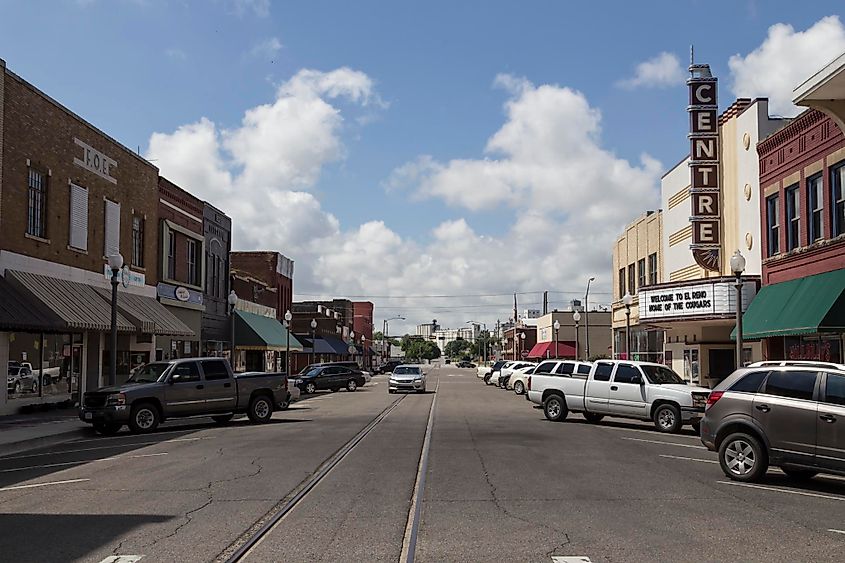
El Reno delivers heritage, taste, and excitement, all wrapped in the soul of Oklahoma’s allure. The Canadian County Historical Museum captures the town's rich heritage with a restored 1906 train depot, a one-room schoolhouse, and other historic buildings full of artifacts. Outside the museum, Heritage Park itself becomes a quaint setting for community events and picnics. The outdoor enthusiast will enjoy Lake El Reno's 300 acres with fishing and boating, picnic areas, and a walking/bike trail system. Golfers will love the opportunity to test their talents at Crimson Creek Golf Course's beautiful and challenging 18-hole course. Legion Park will be enjoyed by families with its splash pad, swimming pool, tennis courts, and fishing pond. History comes alive at Fort Reno as it is explored in terms of the Indian Wars, a remount station, and, during World War II, a German POW camp. Downtown El Reno is a busy borough featuring iconic eateries. Local flavors include the famous fried onion burgers at Sid's Diner and the community landmark Robert's Grill since 1926.
Final Thoughts
Small towns in Oklahoma are the real entryways to the state's rich history, customs, and expansive landscapes. Each of the eight quintessential Oklahoma towns is different: from Medicine Park with its cobblestone streets to Sulphur's trails and mineral springs that wind through town; from Pawhuska, covered by tallgrass prairies and Victorian charm, to Broken Bow's lakes and forests; from Claremore's and Eufaula's restful retreats with sceneries combined with cultural landmarks and a sprinkle of local flavors; and from Guthrie to El Reno, which adds a different flavor to the mix with its historical sites and onion burgers. These quintessential Oklahoma towns capture the soul of the state, enhanced by history, community, and the spirit of adventure.











